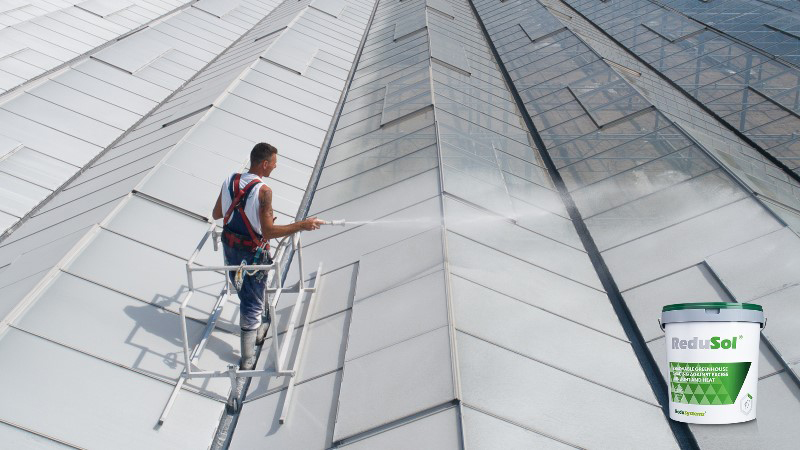Peat: Is Supply To The U.S. Going Global?

The Canadian peat shortage has led to the emergence of new suppliers to U.S. growers. One of those suppliers is Klasmann-Deilmann, a European-based producer that’s partnered with ForemostCo to deliver a new peat product to the U.S. market.
Klasmann-Deilmann officially began planning its entry into the U.S. market long before this year’s peat shortage. Planning began back in 2008, actually, and Klasmann-Deilmann opened an office in 2010 in Miami, Fla. Now, the peat producer is working with ForemostCo to deliver its product to U.S. growers.
“We do not want to just become the replacement for the peat shortage,” says Joe Roberts, a sales representative at ForemostCo. “Our goal is to show (Klasmann peat) is truly a high quality product, whether it’s a good year in Canada or not.”
ForemostCo plans to expand its supply once warehousing is developed where it can store grower mixes.
“We have storage space at our warehouses in Miami,” Roberts says “Because this is a new market for us, we’re trying to determine what the next grow mixes are for our customers. I would say 2013 is a good range for having ample supply on hand at any given time.”
In the meantime, if U.S. growers are interested in Klasmann peat, ForemostCo requires about a six-week lead time to deliver containers.
“One challenge is we are shipping from halfway across the world,” Roberts says. “So we need a good logistics structure set.”
Roberts says the largest U.S. growers are asking for straight pure peat because they plan to mix it with additives themselves. At the moment, Roberts says ForemostCo has a base of about 25 different “pure peat mixes” it is offering to customers.
One advantage companies like Klasmann have in serving the U.S., he says, is it has peat bogs located throughout Europe.
“If you have a particularly bad weather pattern in one country, you are able to pull from other peat bogs to supply,” Roberts says.
One key difference between European and Canadian peat, Roberts adds, is that European peat can be block cut whereas the majority of Canadian peat is vacuum harvested. Because some European peat is largely block cut, larger fraction sizes are available to growers.
“The Canadians substrate has mainly fine structures and, therefore, there’s less control to influence physical properties such as air/drainage capacity by structure,” Roberts says. “(European peat) has more control of the structure by influencing different particle sizes.”
Although it may seem odd for a cuttings supplier to also supply peat, ForemostCo has roots as a brokerage firm.
“Twenty-five years ago, ForemostCo was almost solely a brokerage firm,” Roberts says. “So this is a different move for us, but we already do bring in containers throughout the world. From that sense, this move is not that far out of the ordinary for us. We have a network established.
“ForemostCo has been supplying our industry with young plants for over 25 years. In that time we have developed close relationships with many growers throughout the U.S. and Canada. Using what we know of our customers’ product lines and grow habits, we can offer the best, high quality, Klasmann peat substrates for each individual customer’s needs.”
Visit ForemostCo.com for more information or contact Roberts at [email protected].










